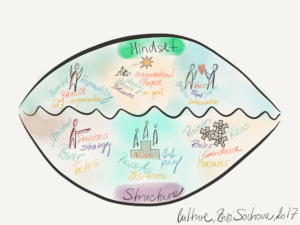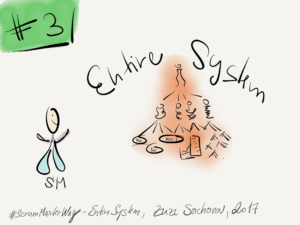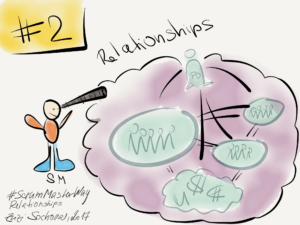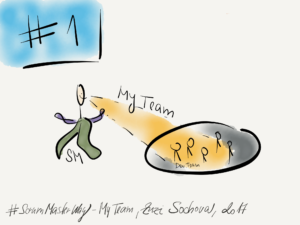The more Agile Leadership is popular, people are asking for more description. Who is the Agile Leader, what makes him different from a traditional manager, and which competencies and skills they have to have. So I created this Agile Leader Wheel so you can map the competencies and skills.
Great Agile Leaders have four core competencies in which they can create a vision, enhance motivation, get feedback, and implement change. Vision is the driving engine. It’s not necessarily related to the product and business but the organization itself. The second segment is motivation. Agile Leaders understand the nature of motivation, are familiar with the power of intrinsic motivation of autonomy and purpose. The third one from the top section of the Agile Leader Wheel is feedback. For Agile Organizations feedback is crucial, it makes the team and product feedback part of their DNA, it becomes an integral part of their culture. The same for Agile Leaders, the regular feedback from the system is the key to their success. The last piece is the ability to implement change. For Agile Leaders, the change is happening at three levels. Firstly there is a change in myself, my own beliefs, reactions, the way I work. Secondly, there is the ability to influence others. Make them part of my team, get supports who will help me to lead the change. Finally, the third element of change is a change at the system level, the whole organization level.
In addition to the mentioned competencies, Agile leaders will need to balance the time when they need to make a decision and when it’s better to collaborate and empower others to take a responsibility for that. Finally, on the right side, Agile Leaders are facilitators and coaches. We are not speaking here about one-one coaching. Great Agile Leaders use coaching as a spice to address the complexity at the system level and coach the organization as a whole. Great Agile Leaders are not born this way but constantly develop those competencies and skills. This concept is part of my Agile Leadership program where I help leaders to understand the complexity of nowadays organizations and be successful in their roles. Looking forward to seeing you at some of my Agile Leadership workshops.





